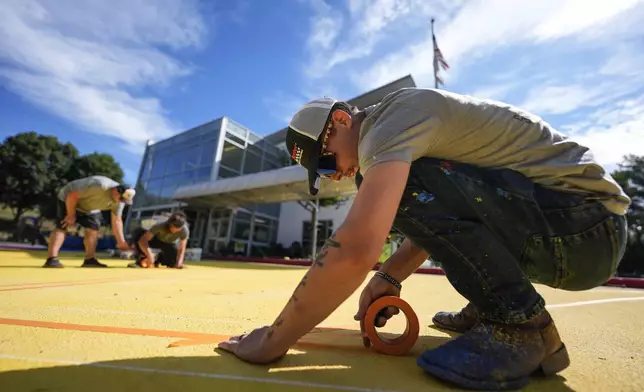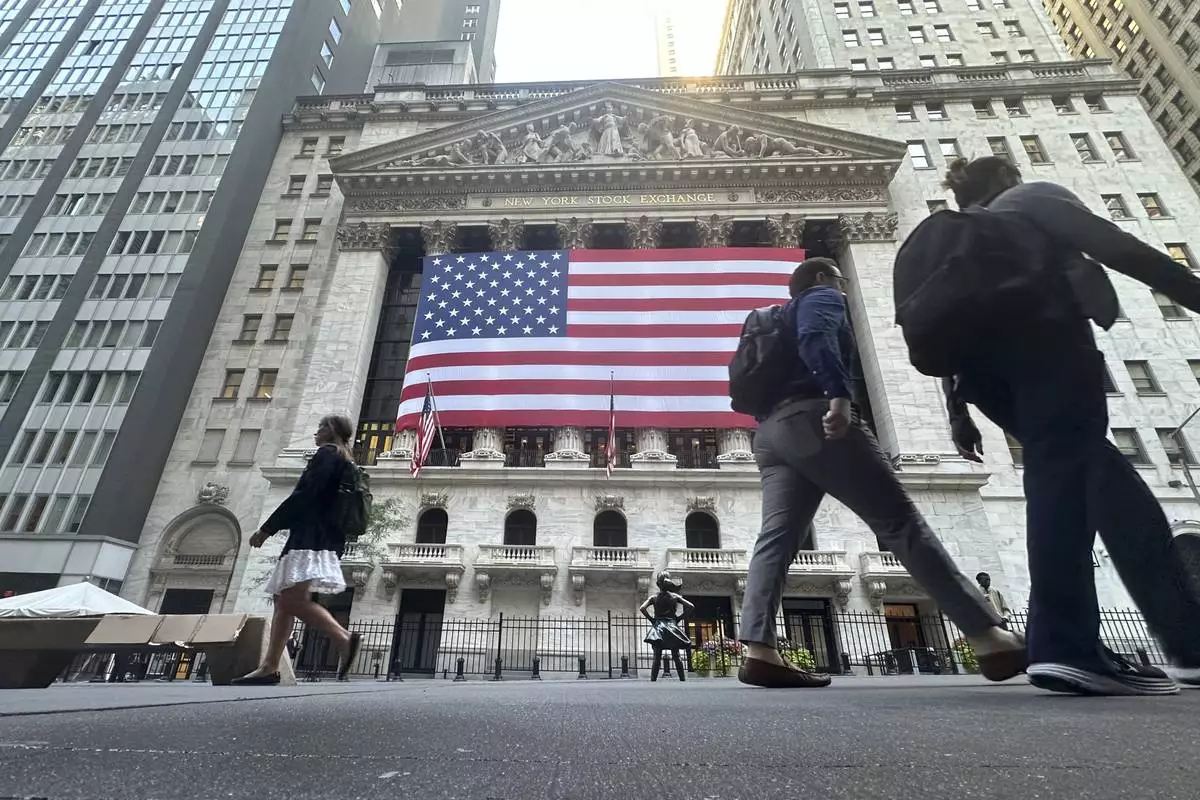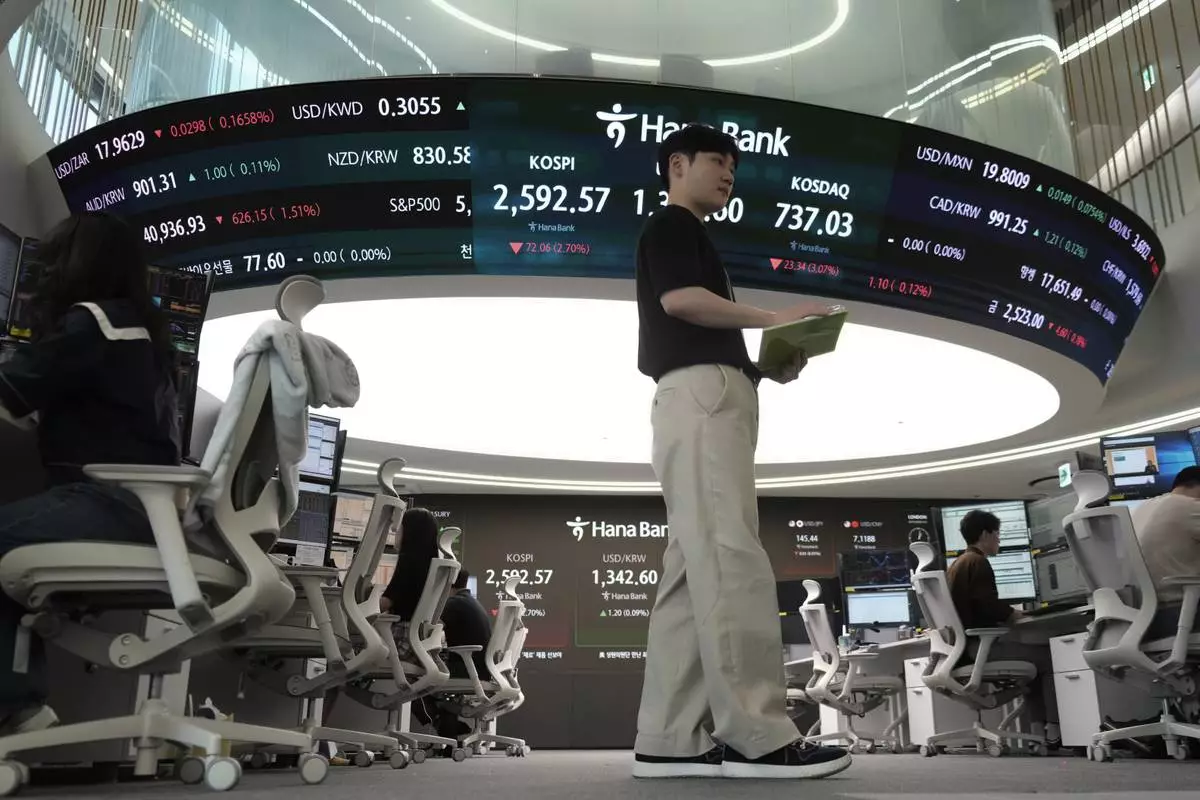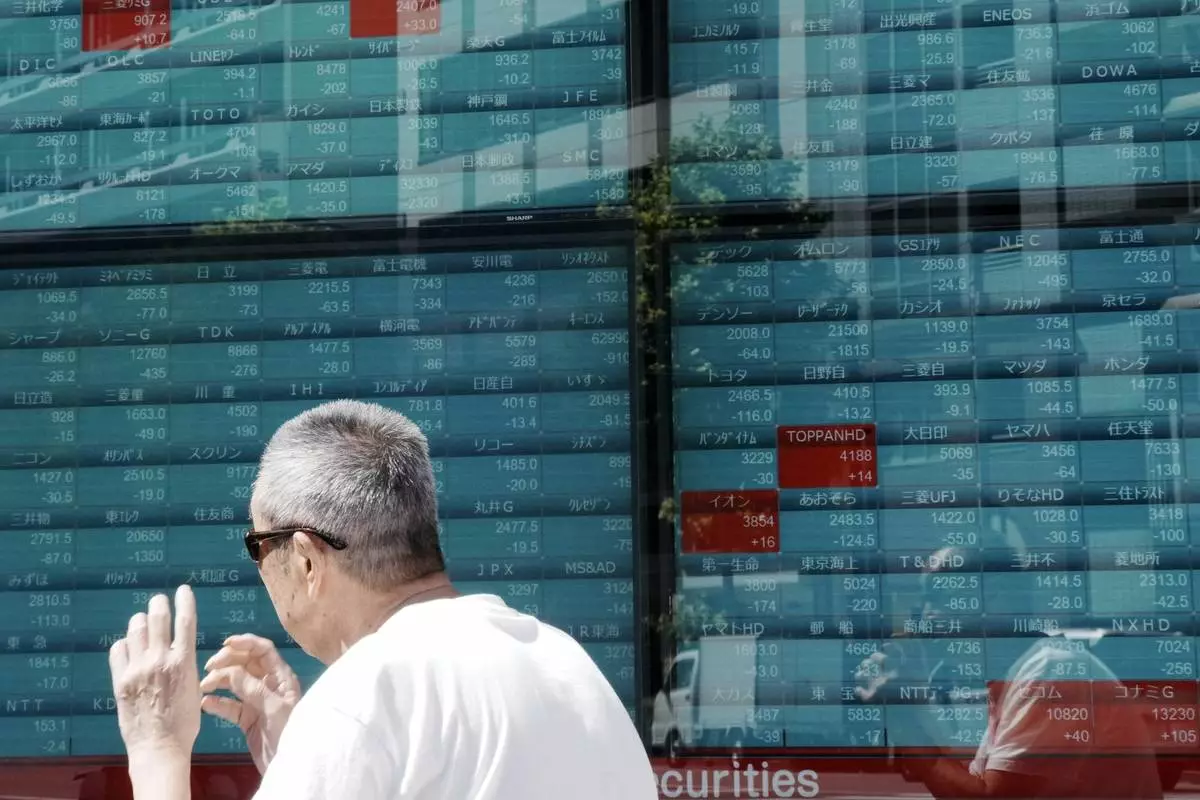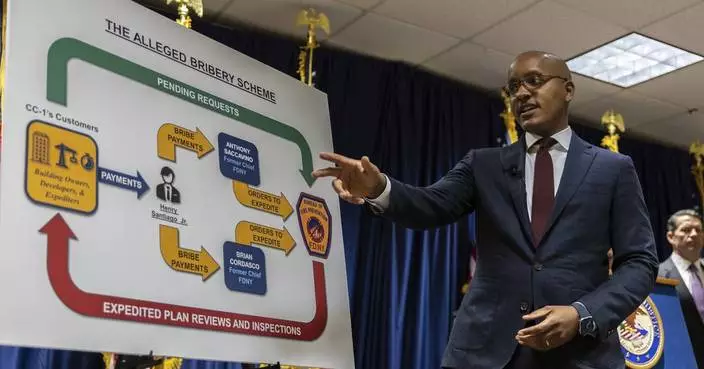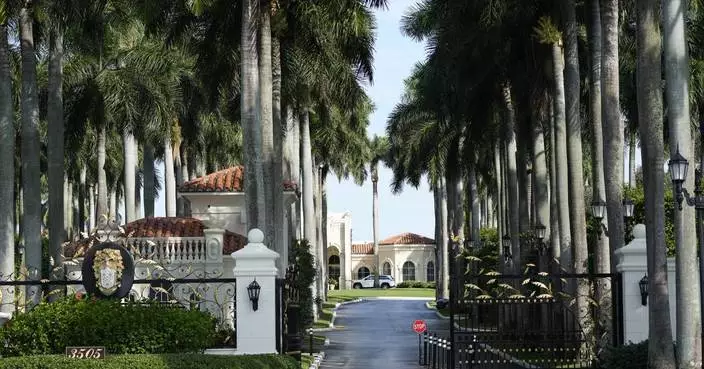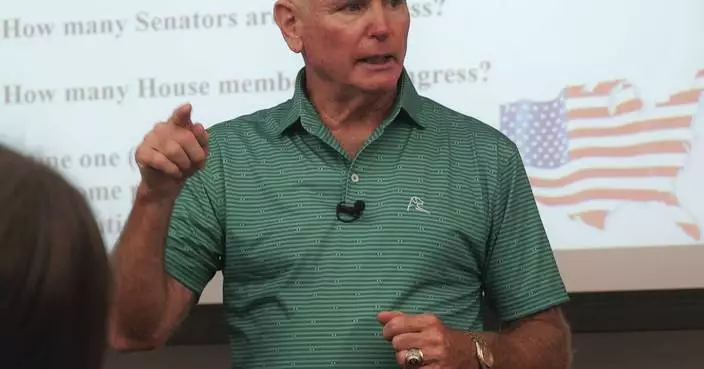Ylenia Aguilar raised her sons in Arizona, so they’re no strangers to scorching heat.
She remembers “seeing soccer kids and my own children pass out and faint from, you know, heat-related illnesses,” she said. “It was seeing my sons dehydrated.”
Schools across the U.S. are carpeted in heat-absorbing asphalt and lack shade. The buildings were often made with materials that radiated heat into indoor spaces. Kids are more vulnerable to heat illness than adults, and extreme temperatures affect learning, performance and concentration. Heat-related school closures are becoming more frequent.
The burden of extreme heat is not felt equally. Low-income neighborhoods and communities of color can be as much as 7 F (3.9 C) hotter than richer and whiter neighborhoods.
Yet there are well-known ways to cool down schools and neighborhoods.
In 2022, students at a school near Atlanta pointed thermometers onto their basketball court and got a reading of 105 F (about 40.5 C). A roofing manufacturer donated a solar-reflective coating and helped them paint it on. They took another reading. This time it was 95 F (35 C).
Paved surfaces get really hot in the sun. They absorb solar energy and slowly re-radiate it out as heat, increasing air temperatures by as much as 7 F (3.9 C).
Cooling playgrounds and roads by making them more reflective is not new, but interest has been growing along with more understanding of the way the accumulation can affect neighborhoods, known as urban heat islands, said Daniel Metzger, a fellow at Columbia Law School.
The Science, Arts and Entrepreneurship School recently had that same cool surface painted on their parking lot. Both times, the coatings and labor were donated. Without that, the school would have had to raise funds, said Scott Starowicz, the school’s co-founder and chief financial officer.
East of Los Angeles, roofs across the Chaffey Joint Union High School District once reached 140 F (60 C). Warm roofs mean upper-floor classrooms could get hot, which would affect a lot of Chaffey's students, nearly 65% of who are Latino or Hispanic.
Chaffey has spent $11.4 million in bond money and maintenance funds to convert asphalt shingle roofs to white cool roofing since 2017.
These roofs — as well as window films, paints and other technologies — reflect part of the incoming solar radiation away from a building, rather than allowing it to transfer inside as heat. These are some of the easiest and least costly actions a district can take.
Experts agree cool roofing lowers indoor temperature and reduces the need for AC.
The district has also invested in steel shade structures, trees and temperature devices to monitor heat stress.
On hot days, Sharon Gamson Danks remembers seeing her kids and their peers sitting in the shade along the edges of their school building.
More schools are tearing out hot asphalt, turf or rubber mats in favor of grass, gardens, mulch or trees. Experts say trees are one of the best ways to cool things down.
At Parkway Elementary in Sacramento, trees replaced turf this summer thanks to a grant. The project is part of a California schoolyard forests effort to increase tree canopy in public schools, especially in underserved communities.
For the hottest schools, these solutions are often out of reach.
Federal agencies offer grants, but they often don’t cover the full cost, and schools sometimes don’t have the staff to apply for and manage grants. Increased maintenance costs are also a concern.
Relying on grant money “can completely exacerbate the haves and the have-nots” when it comes to reducing climate change and adapting to its harms, said UCLA professor V. Kelly Turner.
Many believe schools shouldn’t be left on their own. Every individual solution makes a difference, said Greg Kats of the Smart Surfaces Coalition. But combining efforts with a local government or neighborhood means schools can be even more comfortable, he said.
“It’s just sort of integration, right, of different strategies over a larger geographic area,” he added. “You’re really sort of transforming the school environment.”
In Phoenix, Aguilar’s efforts improved Osborn Elementary District, but the work is ongoing. It recently got money to plant more trees and add more shade.
Aguilar understood that it would only get hotter, she said. “I knew that we needed to take action.”
———
The Associated Press’ climate and environmental coverage receives financial support from multiple private foundations. AP is solely responsible for all content. Find AP’s standards for working with philanthropies, a list of supporters and funded coverage areas at AP.org.
———
The Associated Press receives support from the Walton Family Foundation for coverage of water and environmental policy. The AP is solely responsible for all content. For all of AP’s environmental coverage, visit https://apnews.com/hub/climate-and-environment.
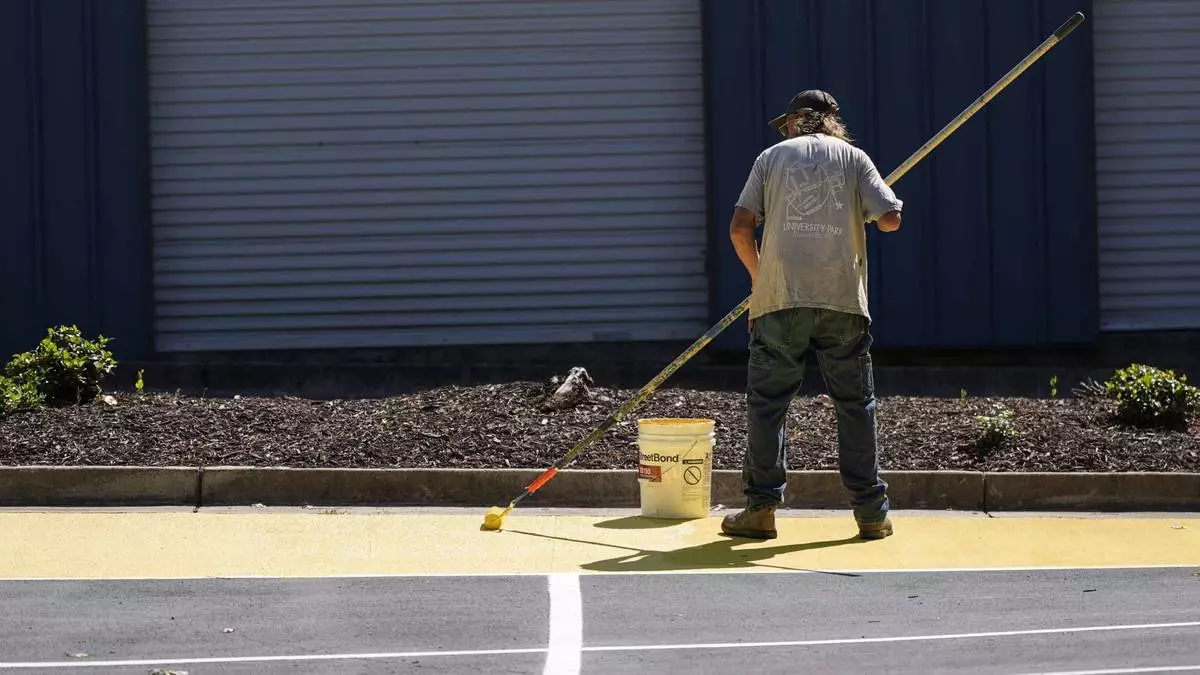
Ronnie Jefferies paints the parking lot at Science, Arts and Entrepreneurship School to help cool it by making it more reflective, Wednesday, Sept. 4, 2024, in Mableton, Ga. (AP Photo/Mike Stewart)
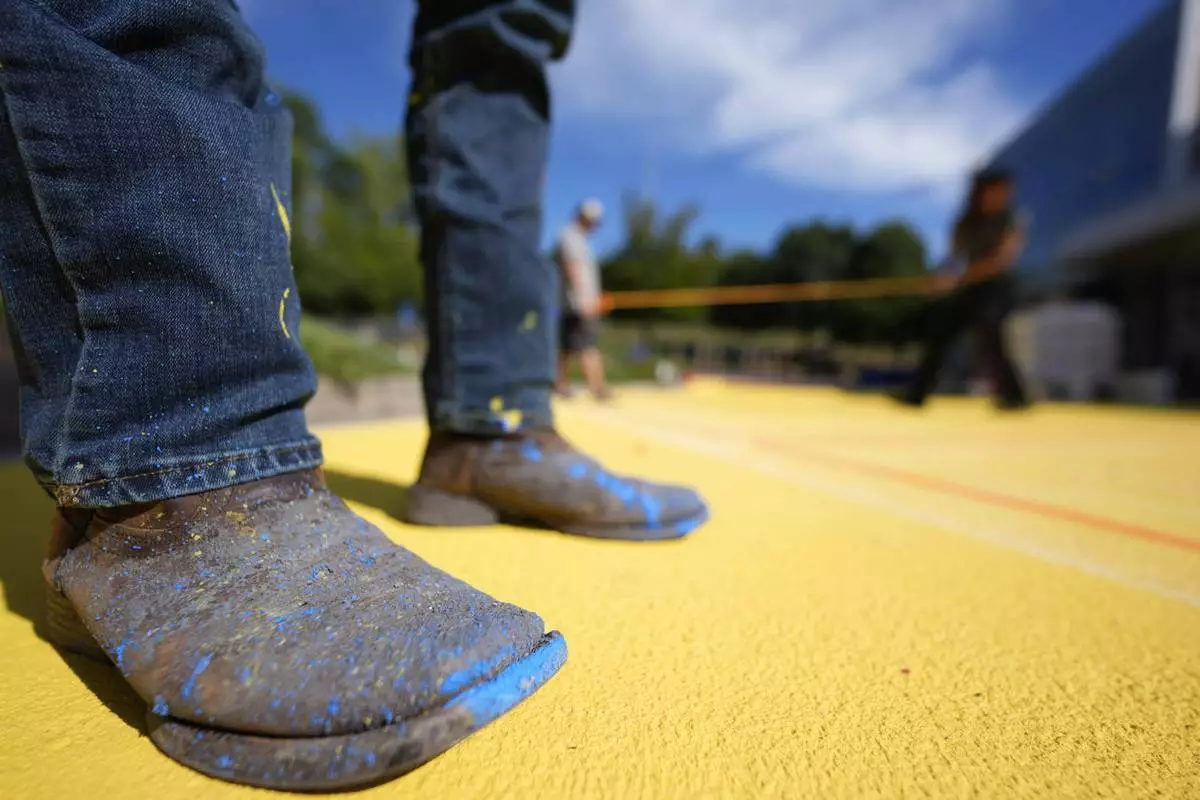
Ronnie Jefferies works on the parking lot at Science, Arts and Entrepreneurship School where it is being repainted to help cool it by making it more reflective, Wednesday, Sept. 4, 2024, in Mableton, Ga. (AP Photo/Mike Stewart)

Ronnie Jefferies works on the parking lot at Science, Arts and Entrepreneurship School where it is being repainted to help cool it by making it more reflective, Wednesday, Sept. 4, 2024, in Mableton, Ga. (AP Photo/Mike Stewart)
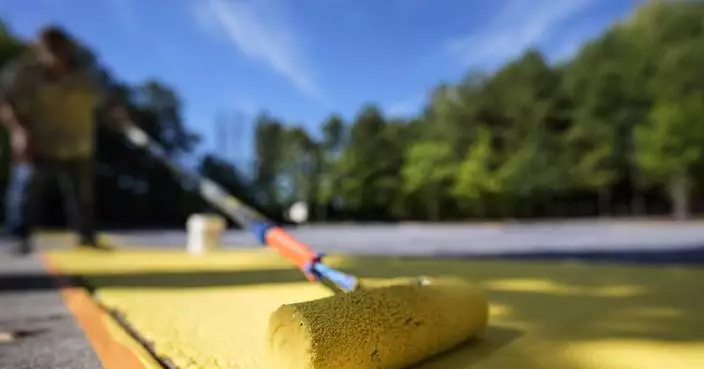
School districts race to invest in cooling solutions as classrooms and playgrounds heat up
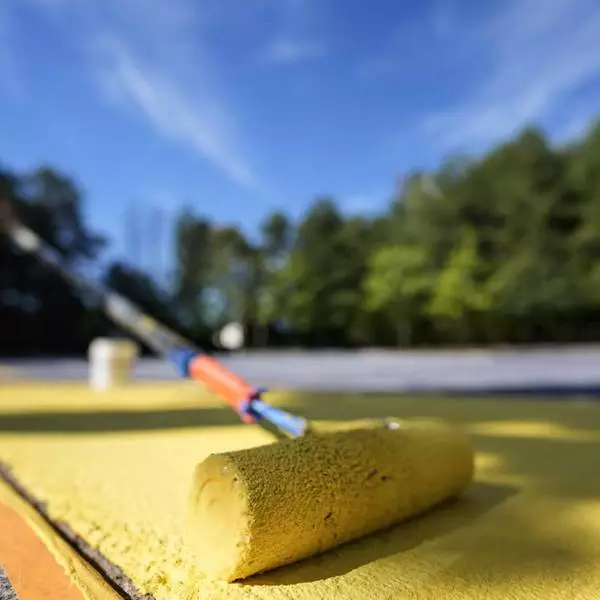
School districts race to invest in cooling solutions as classrooms and playgrounds heat up
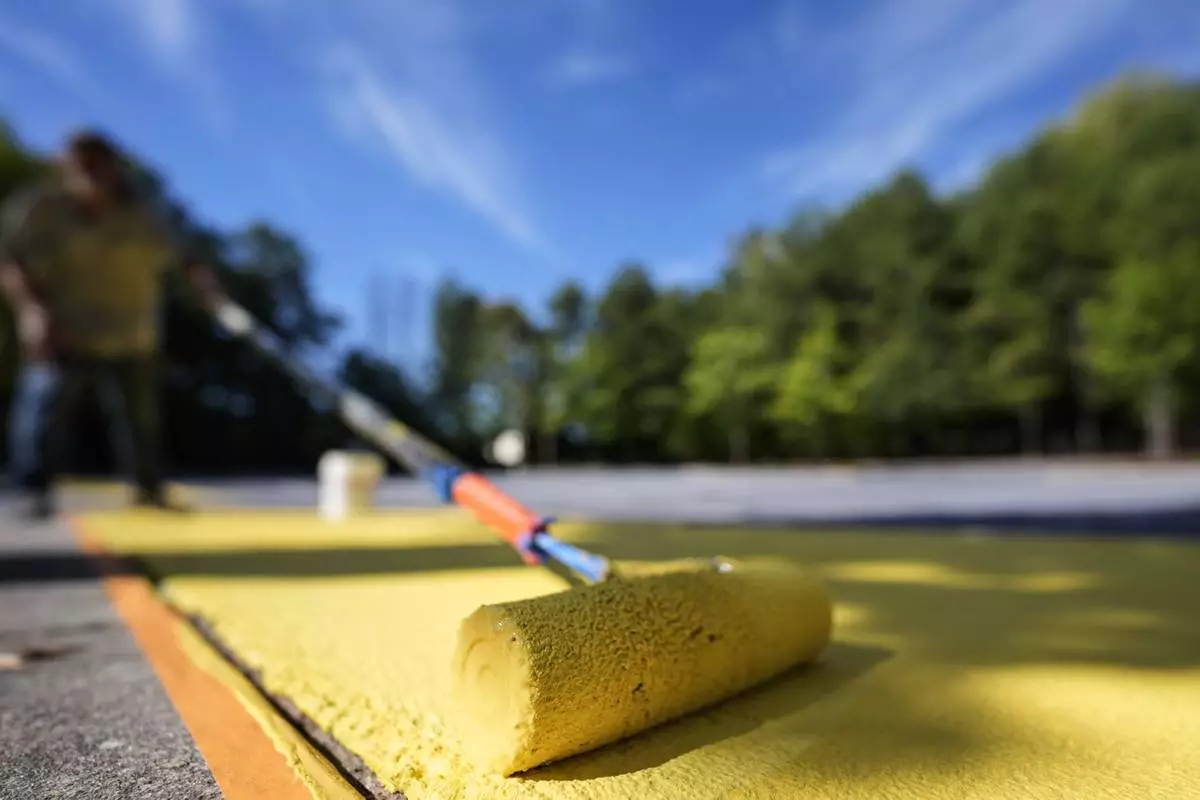
Ronnie Jefferies paints the parking lot at Science, Arts and Entrepreneurship School to help cool it by making it more reflective, Wednesday, Sept. 4, 2024, in Mableton, Ga. (AP Photo/Mike Stewart)





